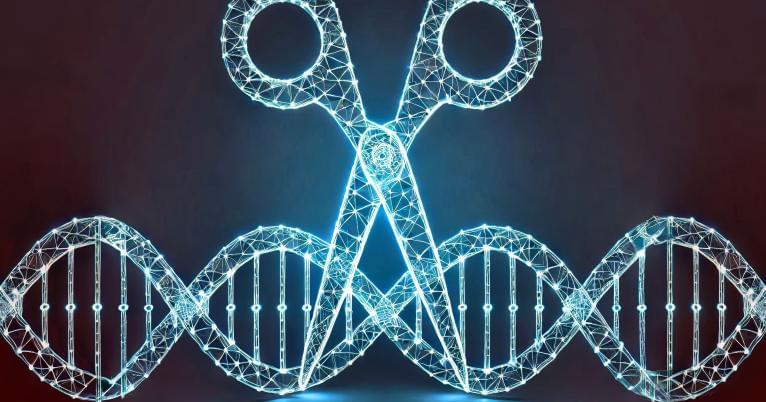Researchers are increasingly turning to organ-on-a-chip technology for drug testing and other applications.
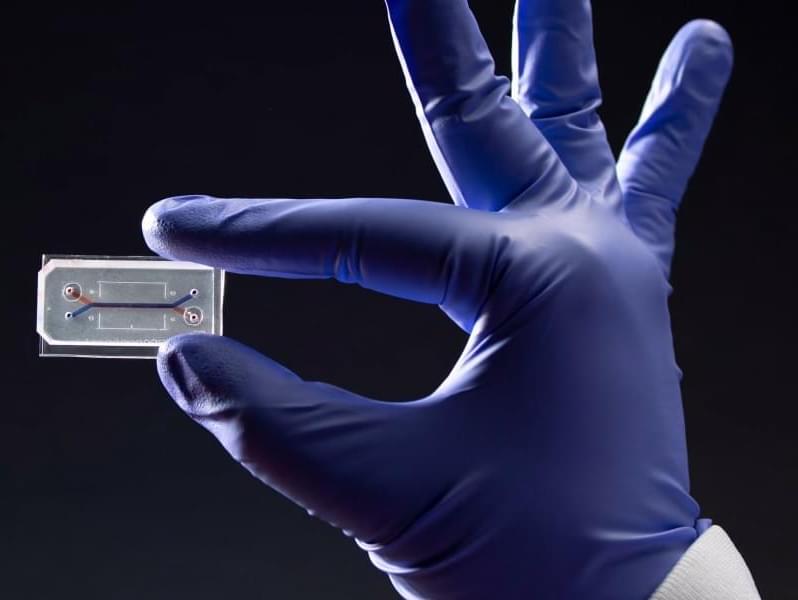


Carbon–carbon triple bonds exhibit a distinct Raman response in the region of 1,800–2,800 cm−1, known as the cellularly silent region. This unique chemical signature, coupled with the small size of alkyne moieties, presents these tags as useful imaging alternatives to bulky fluorescent probes. This Primer discusses the various Raman scattering processes used to image alkyne tags in cells, including the optical set-up required, how to choose an alkyne tag and imaging results from different cellular environments.
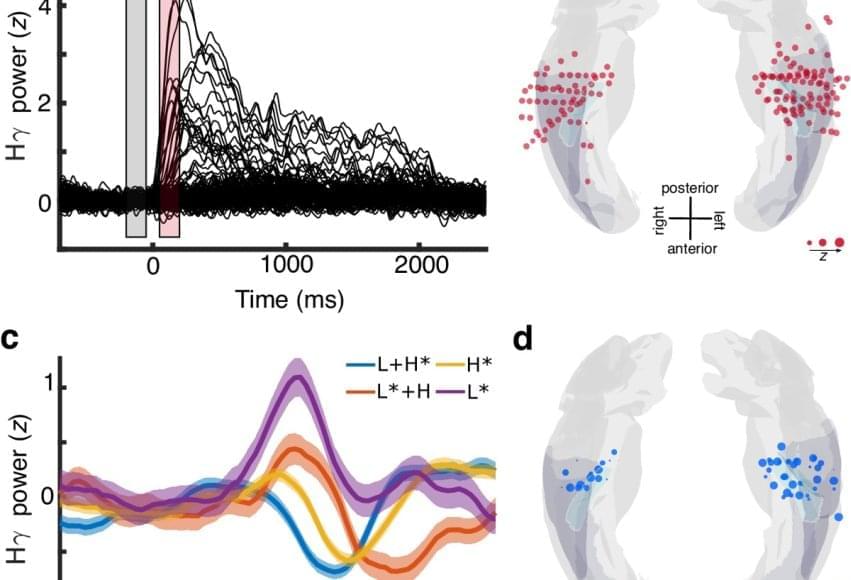
To explore how the brain deciphers the melody of speech, researchers worked with the rare group of patients who had electrodes implanted in their brains as part of epilepsy treatment. While these patients actively listened to an audiobook recording of “Alice in Wonderland,” scientists tracked activity in multiple brain regions in real time.
Using the intracerebral recordings from the electrodes deep in the patient’s brain, researchers noted the Heschl’s gyrus section processed subtle changes in voice pitch — not just as sound, but as meaningful linguistic units. The brain encoded pitch accents separately from the sounds that make up words.
The author says the research also revealed that the hidden layer of meaning carried by prosodic contours — the rise and fall of speech — is encoded much earlier in auditory processing than previously thought.
Similar research was conducted in non-human primates, but researchers found those brains lacked this abstraction, despite processing the same acoustic cues.
By unlocking the hidden layer of speech, the team discovered how the brain processes pitch accents, revealing profound implications for various fields.
“Our findings could transform speech rehabilitation, AI-powered voice assistants, and our understanding of what makes human communication unique,” the author said.
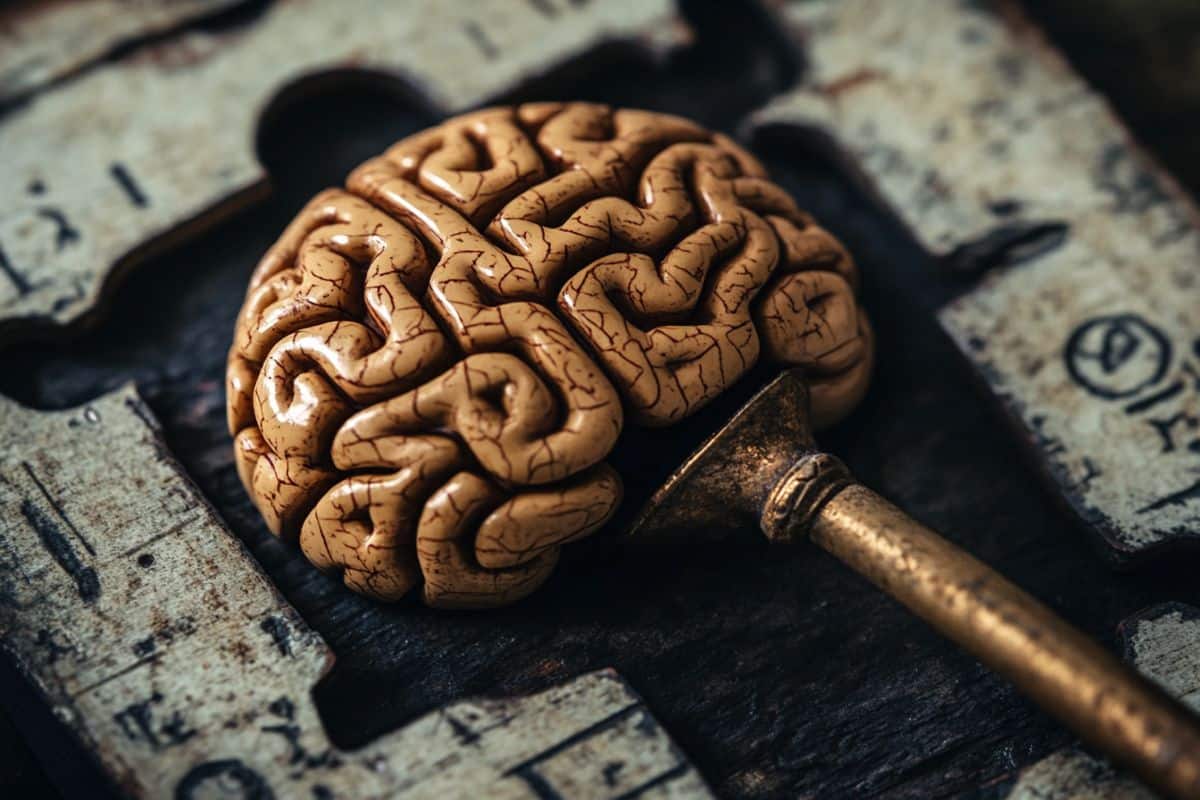
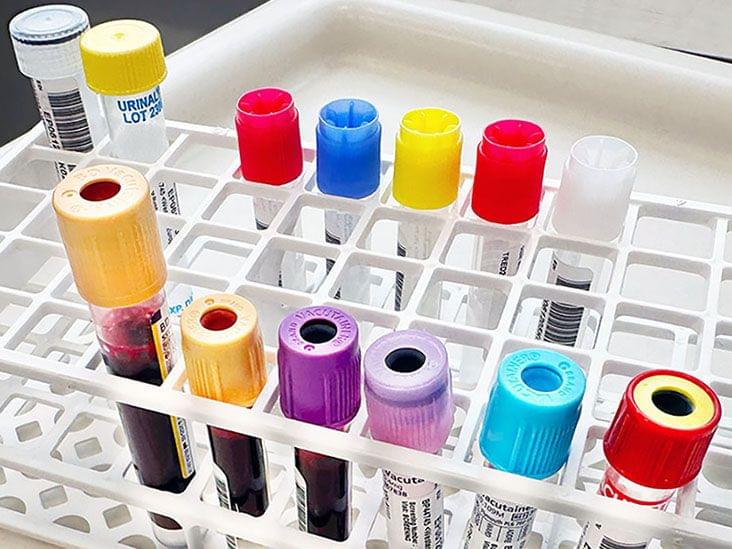
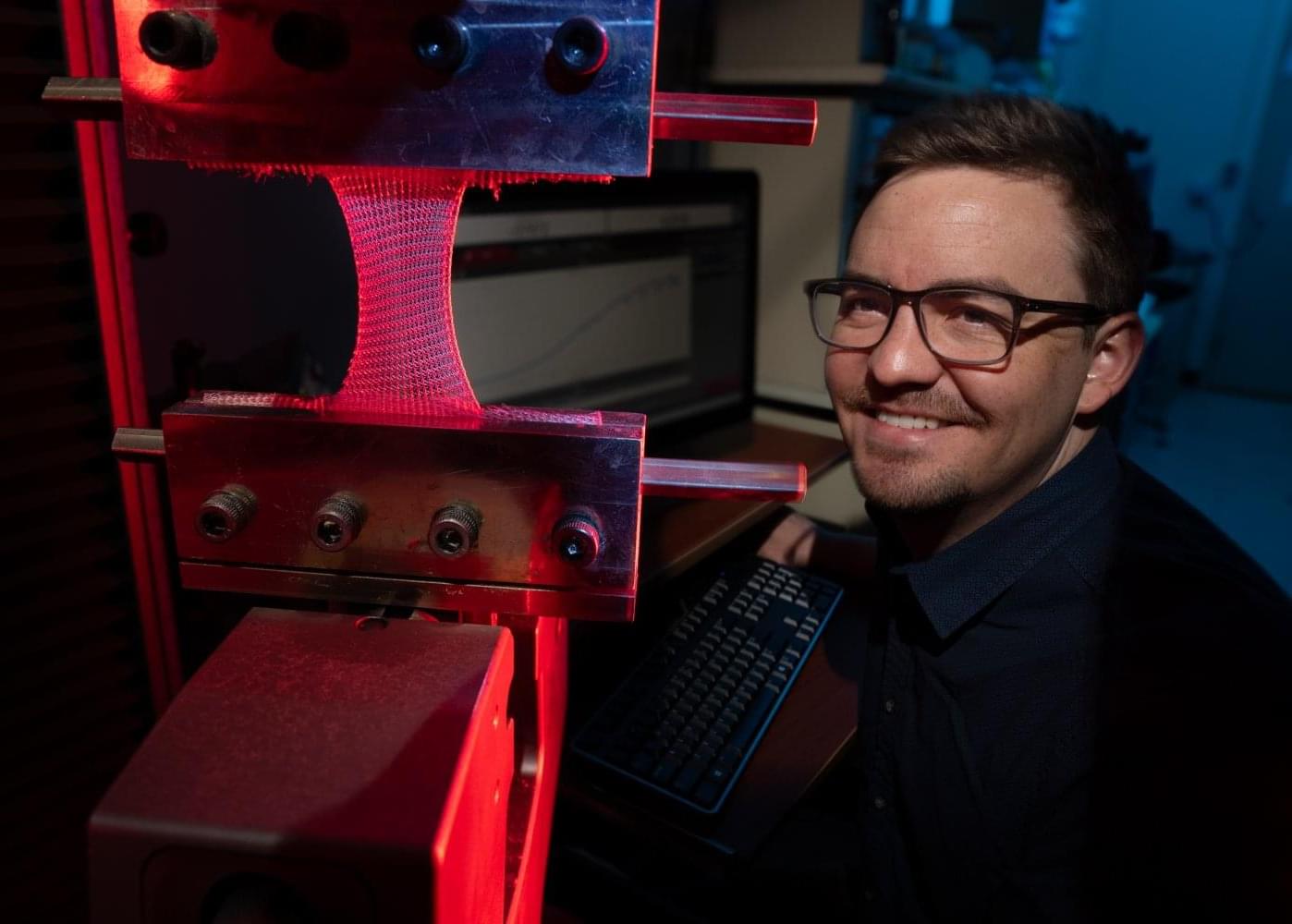
Knitted microtissues, seeded with stem cells and other precursor cells, may soon accelerate the healing process of different soft tissues in humans. The work is led by researchers at the Defense Fabric Discovery Center at MIT Lincoln Laboratory as well as the MIT Department of Mechanical Engineering.
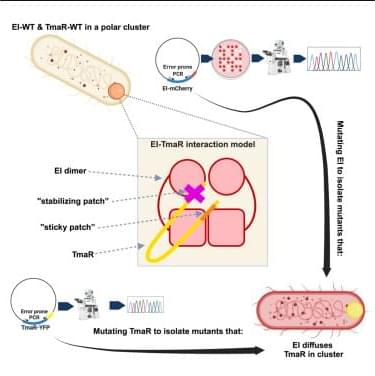
Professor Kenji Osafune (Department of Cell Growth and Differentiation) and his team of researchers have devised an effective means to grow iPS cell-derived kidney progenitor cells, paving the way for renal regenerative therapies to become a reality. The findings are published in the journal Science Translational Medicine.
Modern medicine continues to be hampered by the lack of effective treatments for acute kidney injury (AKI) and chronic kidney disease (CKD). Regenerative medicine, such as cell replacement therapies, represents a new hope for patients. Yet, such therapeutic approaches require large-scale production of the necessary cells, which had remained a challenge until this discovery.
Using a mouse model of AKI, the research team first demonstrated the therapeutic potential of human iPS cell-derived nephron progenitor cells (hiPSC-NPCs). When these cells were transplanted into the kidneys of AKI mouse models induced by an anti-cancer drug, cisplatin, the animals’ survival was vastly improved by preventing the deterioration of kidney function.


